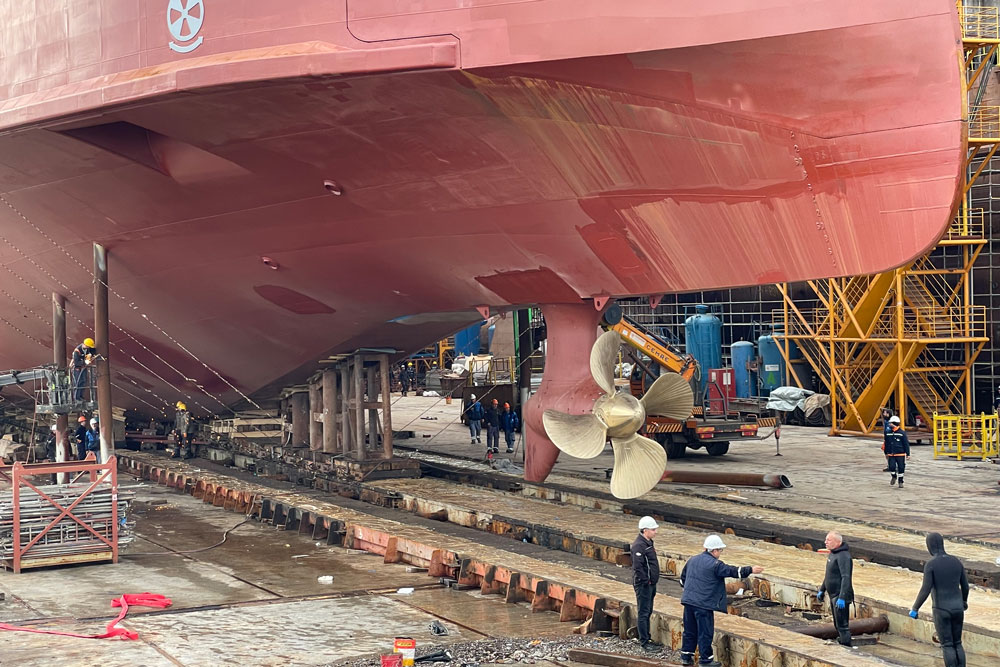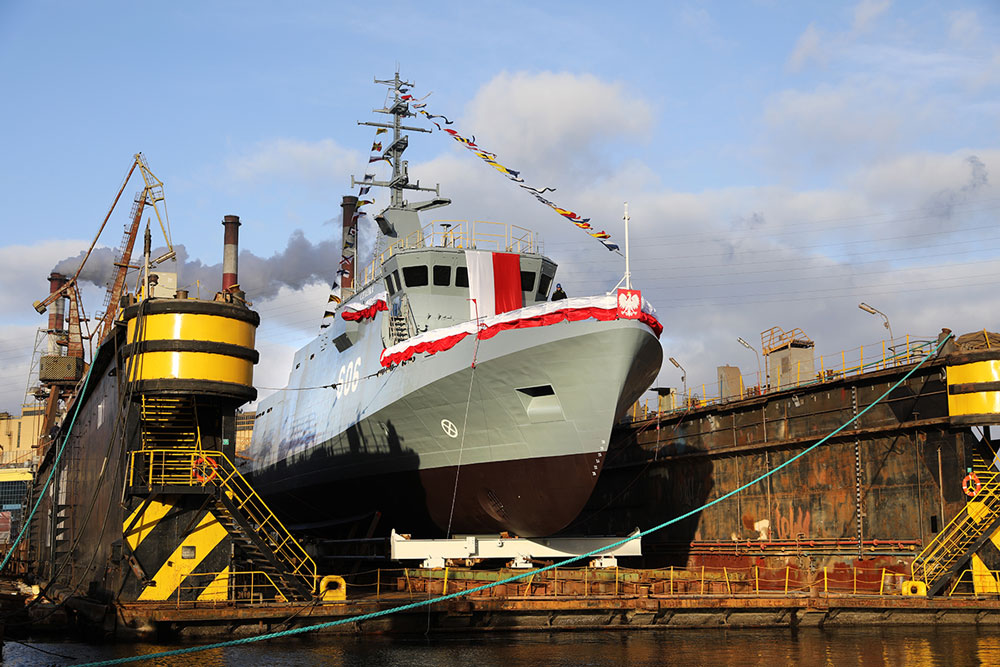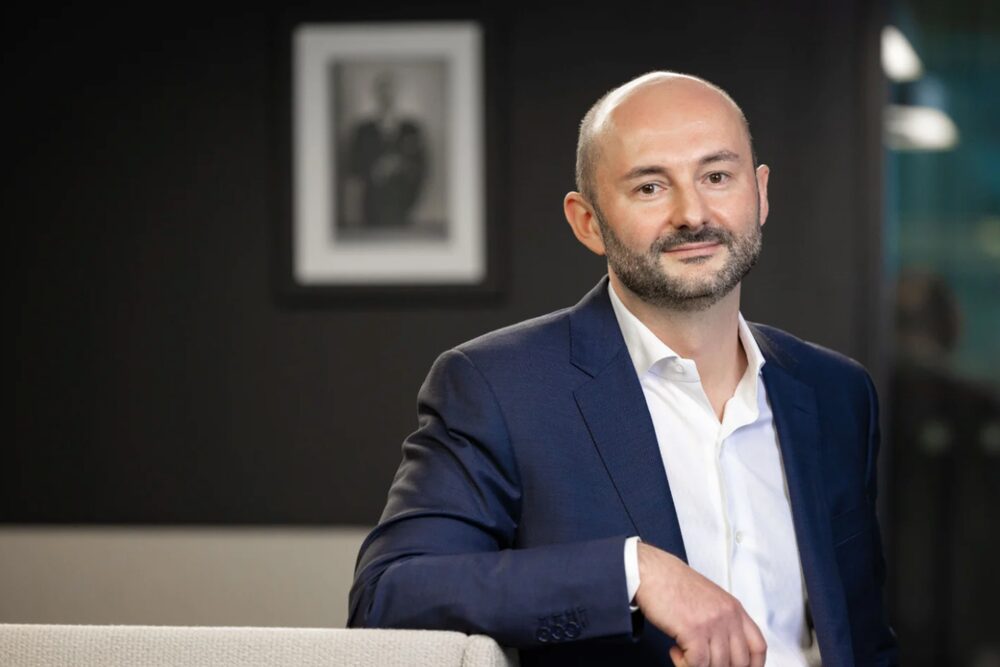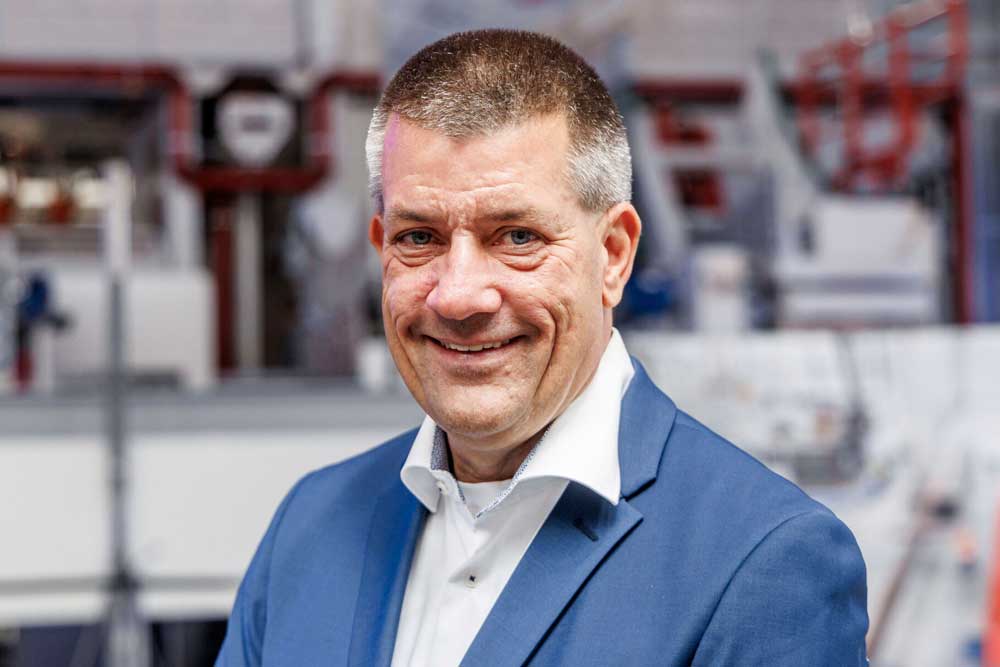Although the fixed link across the Fehmarnbelt is already under construction, the Scandlines shipping company has invested millions in a new, battery-powered ferry. It has now been launched.
She is to be named “Futura” at her christening, which is planned for a later date. According to the shipping company, the hull was launched on Saturday morning at the Cemre shipyard in Turkey. At 10 a.m., the iron piles that stabilized the ferry on the slipway were removed so that the ship could slide down a chute into the sea. The tugboats were waiting there to tow the ferry to the fitting-out quay, where much of the remaining work is to be carried out.
“The ferry glided gently into the water – a wonderful experience. She moved calmly and serenely, just as we had dreamed,” says Scandlines COO Michael Guldmann Petersen.
Before being handed over to the shipping company, the ferry has to return to the dock to be painted, among other things.

New Scandlines ferry runs on electricity
The newbuild will run 100% electrically between Germany and Denmark. According to Scandlines, the “Futura” will be equipped with the world’s largest battery system to date.
“With the ‘Futura’, we are enabling a journey without direct emissions, as the ferry is powered exclusively by electricity. At the same time, we attach great importance to making the journey worthwhile overall – which is why we have also ensured that the customer experience on board is even better,” says Carsten Nørland, CEO at Scandlines.
“Futura” to continue sailing even after completion of the tunnel
Carsten Nørland also emphasizes that Scandlines will definitely continue to operate for many years to come. Even when the fixed link across the Fehmarnbelt is opened. “Of course we will continue to operate. We believe that ferries have a future. If we invest millions in an electrically powered ferry, it is because we want to take responsibility for our environment and because we believe that there is a great need for journeys that don’t just take place behind the wheel on the highway. This applies to truck drivers, families going on vacation and Scandinavians who travel to Germany for bulk shopping,” says Carsten Nørland. The ferry is scheduled to start operating in 2024.

Technical data of the “Futura”
Length: 147.4 m
Width: 25.4 m
Construction draught: 5.30 m
Cargo capacity: 66 cargo units (approx. 1,200 loading meters)
Passenger capacity: 140
Service speed: 16/10 knots
Crossing time: 45 minutes (from 2025)
Battery system: 10 MWh
Charging time in port: 12 minutes (from 2025)
Direct emissions during the crossing: 0
Investment: € 80 million














